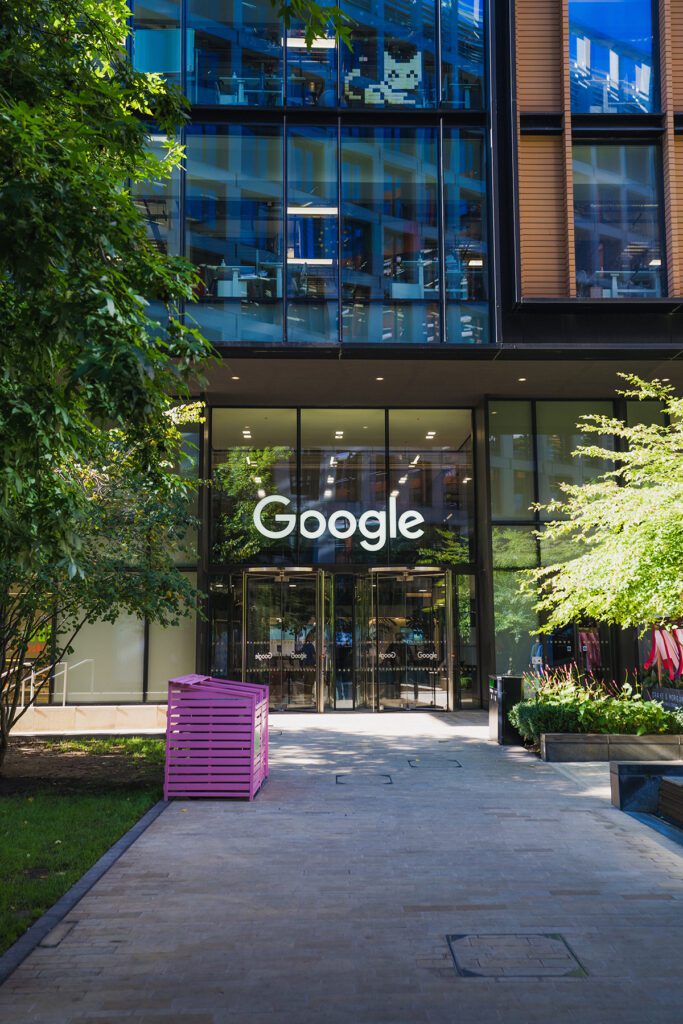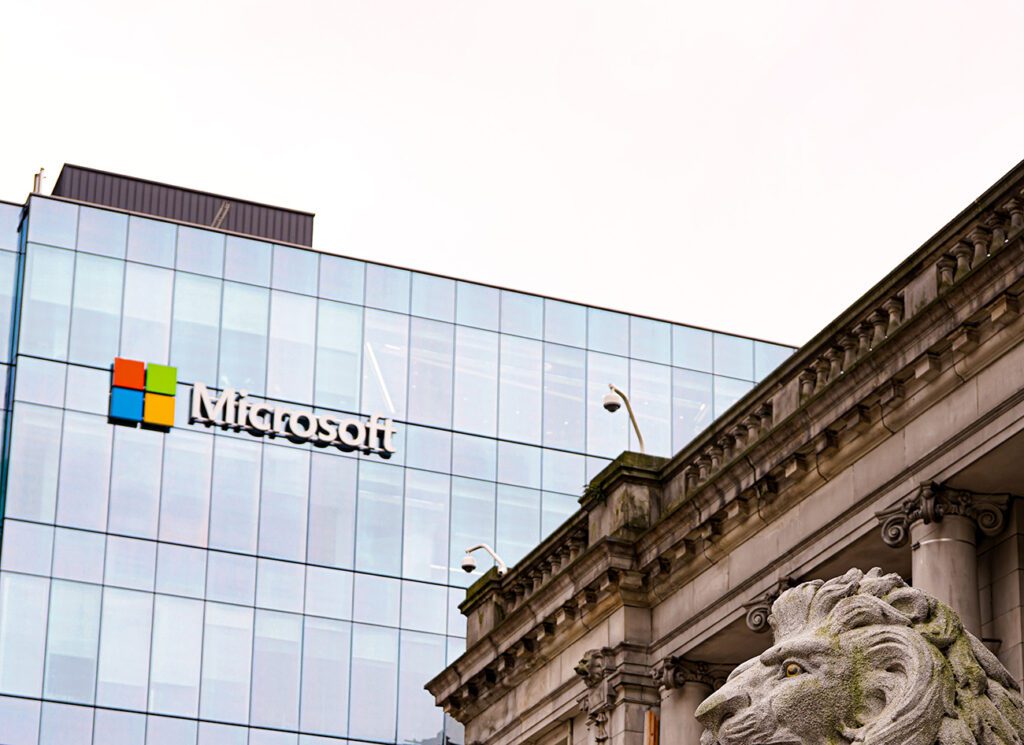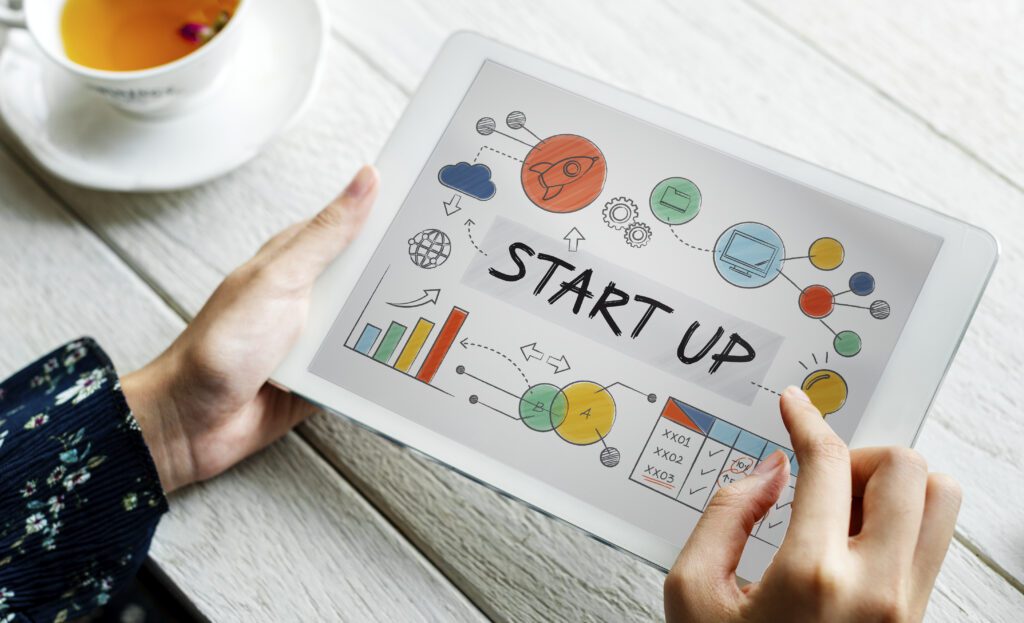From Intel to Apple: This is how tech companies reduce carbon emissions

Concerns over global warming in recent times have significantly grown. For this reason, some major companies have devised plans to reduce carbon dioxide emissions. This initiative is being taken by most tech companies, including Google, Microsoft, Apple, and Intel. All these companies have come up with their solutions to help reduce carbon dioxide emissions.
Here we will discuss the different initiatives these tech companies have come up with to tackle the problem of global carbon emissions.
Apple has decided to adopt a 100 percent carbon-neutral product and supply chain.
Apple had already committed to achieving 100 percent carbon neutrality for its various supply chains and products. This is a hardware company whose primary focus is to ensure a lower amount of carbon dioxide emitted into the environment. They focus on low greenhouse gas emissions in their manufacturing, product designing, and distribution services. Apple has said that as many as 70 suppliers have committed to using renewable energy sources during production. These commitments are expected to avoid over 13.3 million metric tons of carbon dioxide. Apple has also partnered with the US-China Green Fund to invest as much as $100 million in accelerated energy projects for their company’s suppliers. It also has a renewable energy capacity of as much as 1 GW for its corporate operations.
Google has committed to going carbon-free by the year 2030.

Google claims that it became impartial to carbon in the year 2007. It thus became a vital firm that could replace 100 percent of the world’s annual electrical energy consumption with renewable power by 2017. They have brought in almost 6GW of recent renewable power online. This means that this company purchases enough renewable power to match the electricity it consumes.
Intel has promised to become Internet-zero greenhouse fuel emissions by the year 2040.
Intel has promised to attain net-zero greenhouse fuel emissions in its world operations by the year 2040. This way, it will extend power effectivity and lower the carbon footprint of Intel merchandise and platforms. The company has also set several interim milestones they want to achieve by 2030. By that time, it will have reached the milestone of using 100 percent renewable electrical energy in all its global operations.
Microsoft will become carbon unfavorable by the year 2030.


The corporation has also stated that by 2025, they will remove from the environment all of the carbon they have emitted immediately or during electricity consumption. They have also launched a $1 billion local weather innovation fund to ensure a worldwide improvement in reducing carbon dioxide emission and also to seize and eliminate the applied sciences. The main goal is likely to be the funding that is based on the following four standards:
- Methods capable of significantly lowering carbon dioxide emissions, local weather resilience, or various sustainability impacts
- They are driving the present and potential options toward emissions.
- It was taking up specific initiatives related to reducing carbon emissions relevant to Microsoft.
- Considering the fairness of local weather along with the growing economy,
Volkswagen
This company has introduced sustainability ratings recently for all the suppliers. This way, they will be able to pinpoint the environmental concerns better and also create a manufacturing process that is absolutely carbon neutral.
Hyatt
Hyatt is also working towards reducing the water used for each guest per night by 25%. They have also decided to increase recycling and thereby build sustainable new hotels.
Disney
In all the parks, Disney has introduced a zero-net direct greenhouse gas emission policy and a zero-waste policy to ensure that nothing ends up in landfills.
Starbucks
The coffee shop has decided to go plastic free. They have decided not to use plastic straws and to redesign the cold drink cups using a strawless lid.
McDonald’s
This company is switching to energy-efficient appliances at its restaurants. This way, it can cut energy waste by 25%. It plans to source all the packaging materials from recycled materials by 2025.
Walmart
Walmart uses 100% renewable sources of energy. The company has also discontinued its business with suppliers with manufacturing or distribution practices resulting in carbon emissions.
Siemens
Siemens is a company that plans to cut its carbon emissions by 50% and become carbon neutral by the year 2030 ultimately. They are planning to use renewable sources of energy in their factories.
Dell
Dell uses big data analytics to track energy consumption in its facilities and cut costs where necessary. These include switching to wheat straw packaging, which uses 40% less energy to produce.
eBay
This is a company that has a robust return policy. This used item marketplace encourages customers to exchange or reuse items rather than throw them away.
IBM
This company’s most crucial goal is sustainability, which is the core of the IBM mission. This leads the way to intelligent buildings and water resource management that reduce the demand for non-renewable sources of energy and also support sustainable energy.
Adobe
Adobe has earned several awards for the efforts it has taken to achieve net zero energy and also to create LEED-certified offices. These reduce water consumption by even more than 60%.
Amazon
The enormous facilities of Amazon use extensive facilities that use energy-efficient lights and solar panels, and they also use ten renewable energy farms to power most data centers.
The company is dedicated to the reduction of its greenhouse gas footprint by as much as 75% and uses nothing other than renewable sources of energy.
Nestlé
To contribute to a sustainable environment. Nestlé recycles coffee grounds to supplement fuel in almost 22 factories across the globe.
Cisco
This is a company that relies on renewable energy and also designs its products in a way so that they can quickly be returned rather than thrown away.






Responses